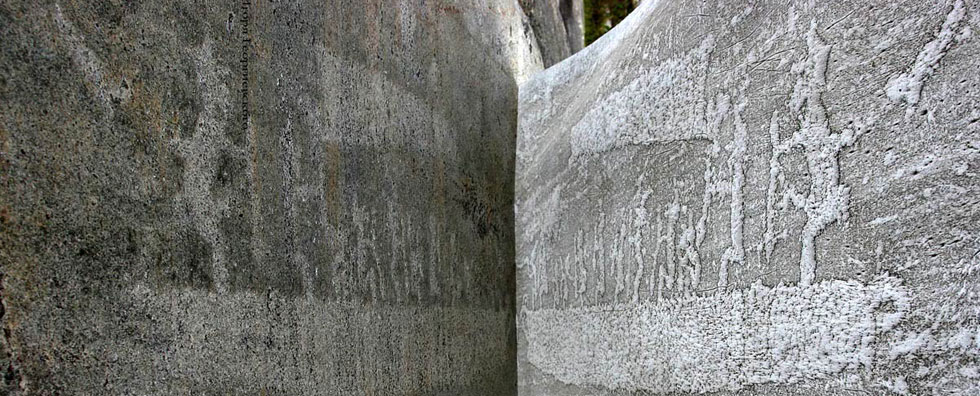
Issue №4, Vol. 16
Khitrov E. Analysis of soil sinkage components caused by a forestry vehicle passage // Resources and Technology. 2019. №4, Vol. 16. P. 76‒93.
DOI: 10.15393/j2.art.2019.4922
Analysis of soil sinkage components caused by a forestry vehicle passage
| Khitrov Egor Germanovich | Saint-Petersburg State Forest Technical University after S.M.Kirov, yegorkhitrov@gmail.com |
|
Key words: wheeled vehicle forest soil normal pressure shear stress slipping |
Summary: The purpose of the article is to analyze the ratio of forest soil sinkage components caused by the soil compaction under forestry vehicle normal load, the soil shear when the vehicle pressure approaches soil bearing capacity, and the shear stress arising on the contact patch due to the vehicle slip while maintaining its mobility. The study is founded on the concepts of the off-the-road locomotion theory and soil mechanics. The study evaluates the sinkage by applying the equation of a stamp indention into a deformable half-space. Methods of mathematical analysis and applied mathematics are used to calculate and process the obtained data. The calculations were performed using Maple 2017 program. The findings show that the deviation of the resulting vehicle load from the normal to the bearing surface at which the cut of the soil layers begins is 12 - 16 °. The deviation of the resulting load caused by the slip leads to a decrease in bearing capacity of forest soil by 8.5-10.5%. The contribution of the shear stress caused by slip into the soil sinkage on weaker forest soils can reach 15% (on average 37% of the sinkage is due to compression of the soil, 55% is due to the layers shear when the normal stress approaches the bearing capacity, 8% is caused by the slip). The shear stress when the vehicle slips on bearing forest soil determines up to 18% of the rut depth (on average 34% of the sinkage is due to the soil compaction, 51% is due to the layers shear when the normal stress approaches the bearing capacity and 15% is caused by the slip). The shear stress due to the slip on strong forest soil causes up to 34% of the sinkage (on average 54% of the sinkage is caused by compaction of the soil, 28% is due to the layers shear when the normal stress approaches the bearing capacity and 18% due to the shear stress that occurs when the vehicle is slipping). |
Displays: 1189; Downloads: 728;




